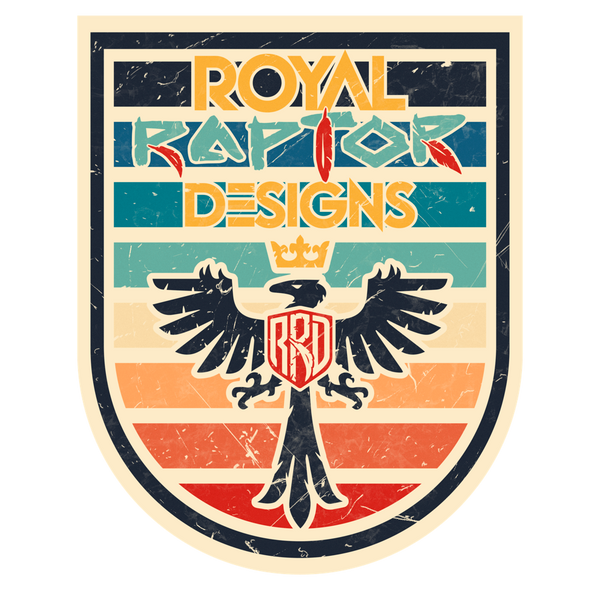
Why Sorting Yourself Into a Hogwarts House Is More Than Just Fandom—It’s Self-Discovery
Share
We all know the moment: the Sorting Hat looms, the common rooms wait, and the question presses in—Where do you belong?
And somehow, even years after Harry Potter first hit our shelves, millions of us are still asking that question—not just out of curiosity, but because something deeper is happening.
Sorting yourself into a Hogwarts House isn’t just for fun. It’s a powerful act of identity formation—and it might just be one of the best ways to understand yourself, grow, and even reshape your goals.
The Psychology of Self-Categorization
Humans are meaning-makers. We need stories, patterns, and symbols to understand ourselves and others. Psychologists call this self-categorization theory—we naturally group ourselves based on shared values and traits because it gives us a clearer sense of who we are.
Hogwarts Houses are basically personality archetypes:
- Gryffindor: bravery and bold action
- Ravenclaw: curiosity and intellect
- Hufflepuff: empathy and loyalty
- Slytherin: ambition and strategy
By choosing (or discovering) our House, we’re not just engaging in fantasy—we’re trying on a version of ourselves. We’re exploring who we are when we’re at our most empowered.
How Hogwarts Houses Act Like Modern Archetypes
Think of the Houses as modern-day Greek gods or Jungian archetypes. They’re simplified but deeply symbolic representations of core human drives.
Sorting yourself gives you a language for your strengths and struggles. It helps you reflect on things like:
- What motivates me?
- What kind of leadership do I value?
- What do I need to feel fulfilled?
It’s self-therapy in a robe and tie.
Fandom as a Framework for Growth
Here’s the twist: when you believe you’re a certain House, you often start living up to those ideals.
- Gryffindors take more risks.
- Ravenclaws pursue knowledge for its own sake.
- Hufflepuffs double down on loyalty and fairness.
- Slytherins go after their goals with laser-sharp focus.
This is called the Pygmalion effect—when expectations shape performance. Hogwarts Houses can do that. They give us aspirational traits to chase. And when we wear them, we’re not pretending—we’re practicing who we want to be.
But What If You Don’t Fit Neatly?
You’re not broken. You’re just complex. The rise of “hybrid Houses” (Slytherclaw, Gryffinpuff, etc.) is proof that fandom is evolving—and so are we.
Neurodivergent folks especially often see themselves in multiple Houses. That doesn’t mean you don’t belong. It means you’re layered. Powerful. Adaptive. And you deserve a space that reflects that.
At Royal Raptor Designs, we see those in-between spaces—and we create for them. Our House-inspired shirts aren’t just Hogwarts-themed. They’re permission slips to be proudly, beautifully you—whatever combination of traits that means.
Final Thought:
Sorting into a Hogwarts House doesn’t trap you in a box.
It hands you a mirror, a map, and a myth to guide your growth.
So go ahead—claim your colors.
You’re not just a fan.
You’re a hero in training.
